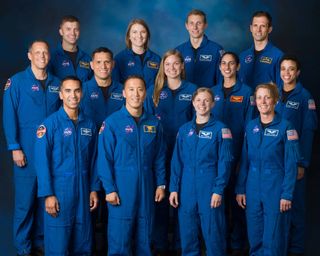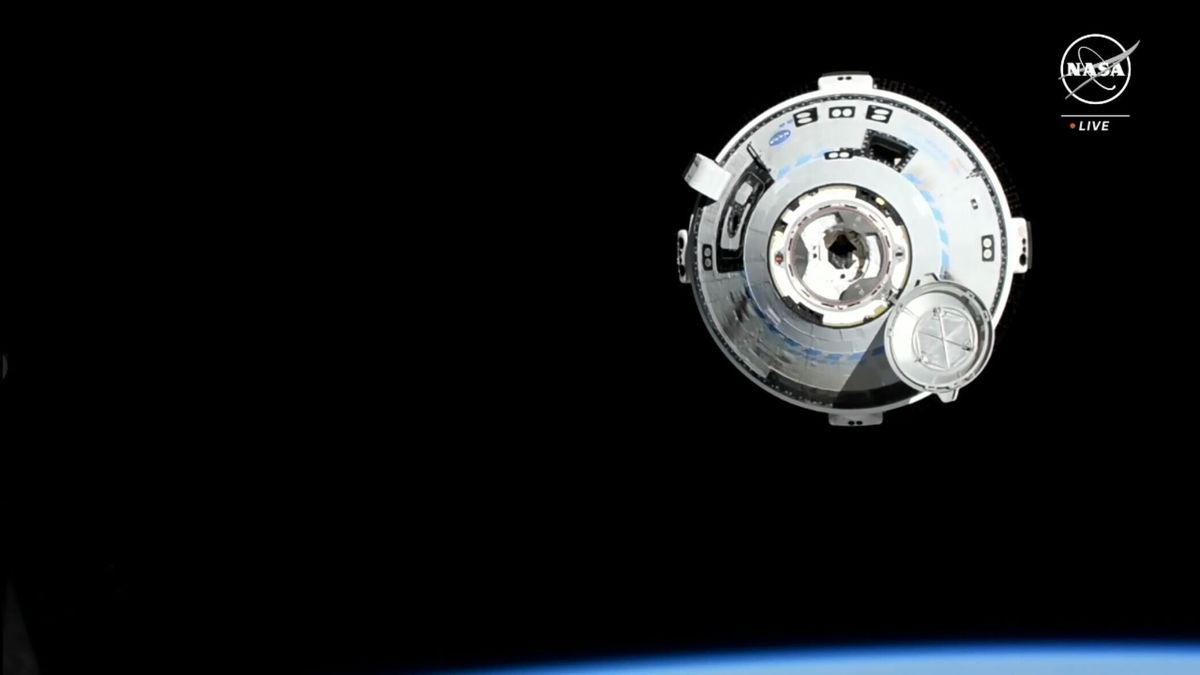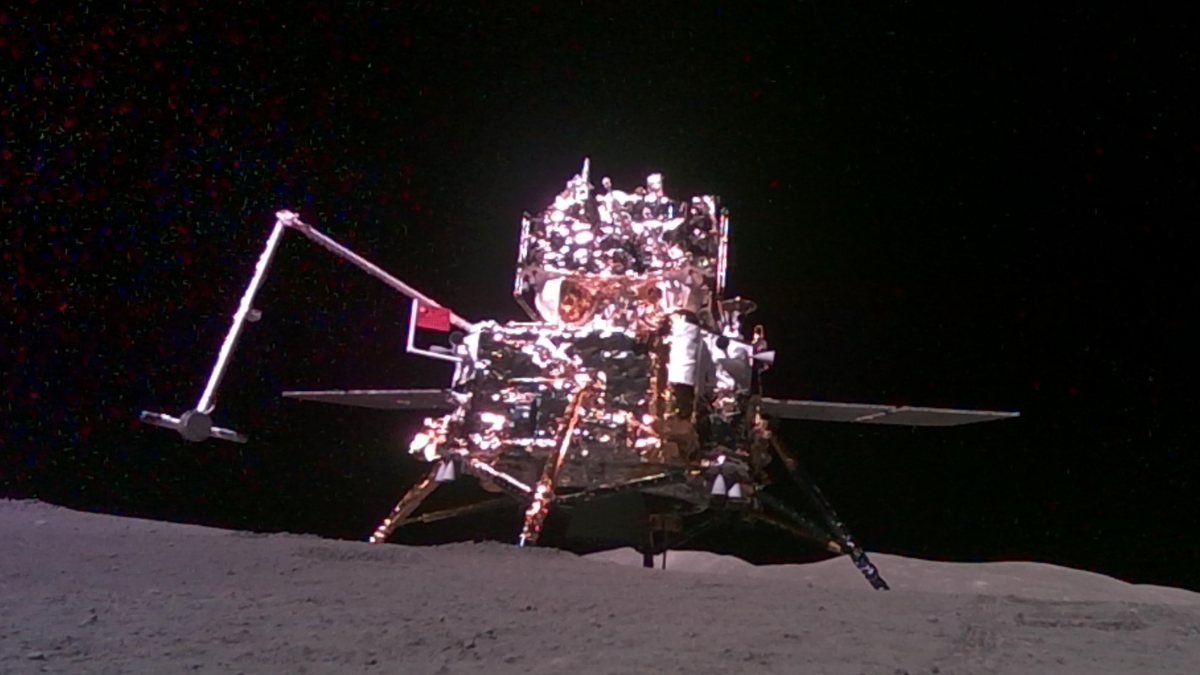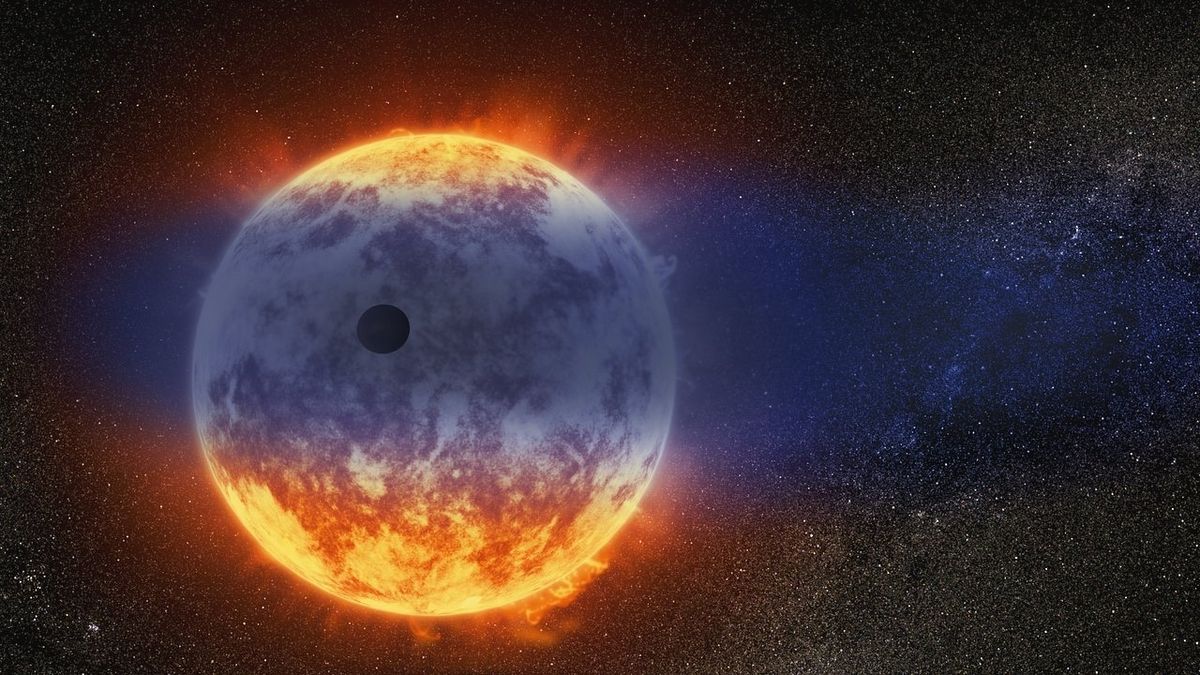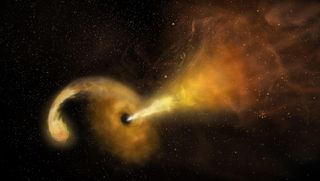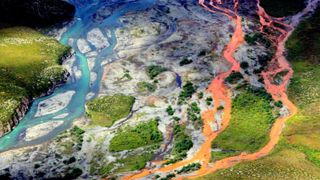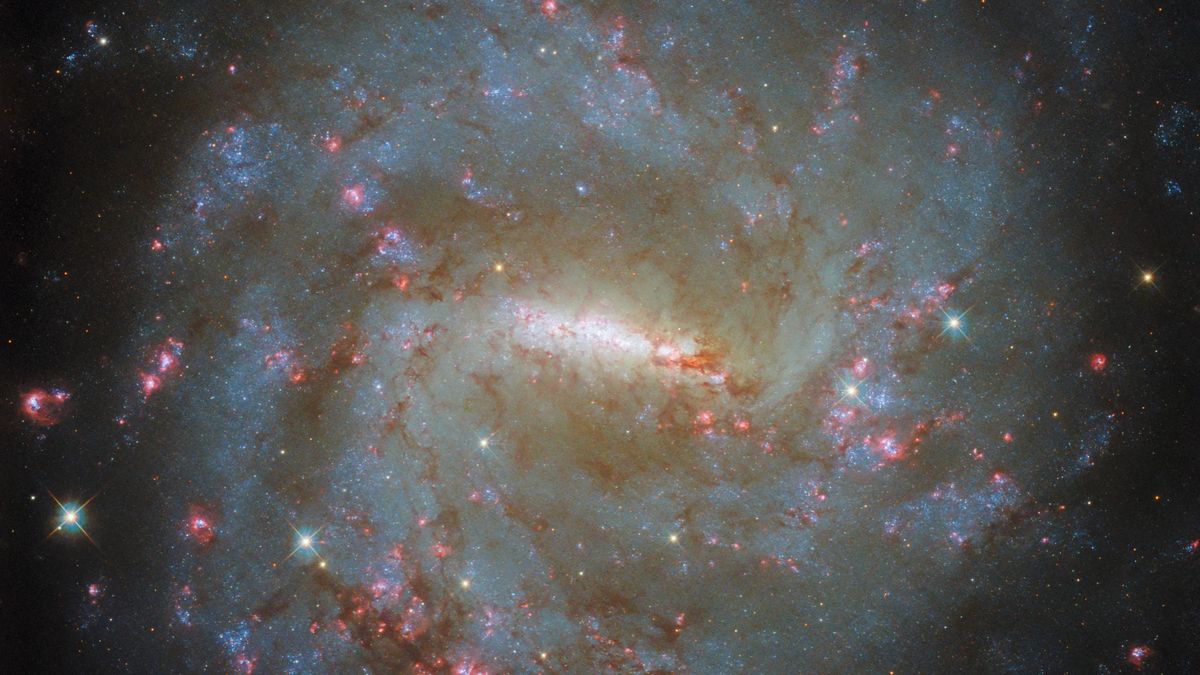NASA has set its sights on the moon, aiming to send astronauts back to the lunar surface by 2026 and establish a long-term presence there by the 2030s. But the moon isn’t exactly a habitable place for people. Cosmic rays from distant stars and galaxies and solar energetic particles from the sun bombard the surface, and exposure to these particles can pose a risk to human health. Both galactic cosmic rays and solar energetic particles, are high-energy particles that travel close to the speed of light. While galactic cosmic radiation…
Read MoreCategory: The Moon
Our moon
Soviet-era cosmonaut Vyacheslav Zudov, who survived only Soyuz splashdown, dies
Soviet-era cosmonaut Vyacheslav Zudov, whose failed docking with a Russian space station ended with the first and only emergency splashdown in a Soyuz spacecraft, has died at the age of 82. Zudov’s death on Wednesday (June 12) was reported by Roscosmos, Russia’s federal space corporation. “[His] two-day spaceflight became, without exaggeration, dramatic,” read a statement from the space agency. “The landing of ‘Radon’ (the call sign that the cosmonaut chose for himself) turned out to be no less dangerous.” The Soyuz 23 descent module, dragging its parachute, is lifted by…
Read MoreBoeing’s 1st Starliner astronaut mission return delayed to June 22
Boeing’s first crewed Starliner mission, that ferried astronauts to the International Space Station, will need to wait a little longer before returning its crew to Earth. On June 5, the Crew Flight Test (CFT) for Boeing’s Starliner spacecraft launched with NASA astronauts Butch Wilmore and Suni Williams on board; the spacecraft docked at the International Space Station (ISS) the next day. The mission’s objective was to complete a full on-orbit shakedown of the spacecraft, and it was originally set to last about a week. Now, the pair won’t return home…
Read MoreHow China’s Chang’e 6 minirover snapped its epic photo on the moon’s far side
China has revealed details about a miniature rover tucked away on the country’s pioneering Chang’e 6 lunar far side sample-return mission. Chang’e 6 launched on May 3 on a Long March 5 rocket. While being a repurposed backup to the successful 2020 Chang’e 5 mission, it was revealed after launch that the new spacecraft also packed a surprise rover. The Chang’e 6 lander touched down in Apollo crater with the South Pole-Aitken basin on June 1. The rover was deployed around two days later, after sampling operations on the moon…
Read MoreScientists find a surprise ingredient in exoplanet cake mix — sulfur dioxide
A ‘hot Neptune’ exoplanet has been found to contain sulfur dioxide in its atmosphere — an atmosphere that’s also gushing into space as the planet loops over its star’s poles on a steeply inclined orbit every three-and-a-third days. The existence of sulfur dioxide in the atmosphere of the exoplanet, dubbed GJ 3470b and located 96 light-years from Earth, came as a shock when it was spotted by the James Webb Space Telescope (JWST). “We didn’t think we’d see sulfur dioxide on planets this small, and it’s exciting to see this…
Read MoreHubble Telescope maps high-speed ‘burps’ from nearby feeding supermassive black hole for 1st time
Using the Hubble Space Telescope, astronomers have, for the first time ever, mapped the plasma “burps” of a feeding supermassive black hole-powered quasar that dwells relatively close to Earth. While supermassive black holes with masses millions or billions of times that of the sun are thought to dwell at the heart of all galaxies, not all of these cosmic titans power quasars. Some, like the supermassive black hole at the heart of the Milky Way, called Sagittarius A*, are relatively quiet because they are not greedily feeding on matter around…
Read MoreSecrets of radioactive ‘promethium’ — a rare earth element with mysterious applications — uncovered after 80-year search
For the first time, scientists have revealed crucial properties of the mysterious, radioactive substance promethium — nearly eight decades after the elusive rare earth element was discovered. Promethium is one of the 15 lanthanide elements at the bottom of the periodic table. Also known as the rare earths, these metals exhibit a number of useful properties, including strong magnetism and unusual optical characteristics, making them particularly important in modern electronic devices. “They are used in lasers; they are part of the screens of your smartphone. They are also used in…
Read MoreAlaska’s rivers are turning bright orange and as acidic as vinegar as toxic metal escapes from melting permafrost
Dozens of Alaskan rivers have turned bright orange in recent years because melting permafrost has released high levels of toxic metals into the waterways, a worrying new study reveals. The colorful contamination, which can be seen from space, is a potential ecological nightmare — and is likely to get even worse in the coming years, researchers say. In the new study, which was published May 20 in the journal Communications Earth & Environment, researchers identified at least 75 orange rivers and streams in a Texas-size area of Alaska’s Brooks mountain…
Read MoreHubble Telescope shares stunning galactic view despite recent hardware malfunction (photo)
The aging but tenacious Hubble Space Telescope has beamed back yet another stunning photo of a distant galaxy. Hubble‘s latest view captures the barred spiral galaxy NGC 3059, which lies about 57 million light-years from Earth. The photo, released on June 7, was taken in May using the space telescope’s Wide Field Camera 3 instrument as part of a broader galactic study, according to a statement from NASA. The space telescope uses various filters for its observations, each of which allows specific wavelengths of light to pass through to the…
Read MoreEd Stone, who led NASA’s iconic Voyager project for 50 years, dies at 88
Humanity has lost an interstellar pioneer. Ed Stone, who served as the project scientist for NASA’s groundbreaking Voyager mission from 1972 to 2022, died on Sunday (June 9) at the age of 88. “Ed Stone was a trailblazer who dared mighty things in space. He was a dear friend to all who knew him, and a cherished mentor to me personally,” Nicola Fox, associate administrator for the Science Mission Directorate at NASA Headquarters in Washington, said in NASA’s obituary for Stone, which the agency posted on Tuesday (June 11). “Ed…
Read More